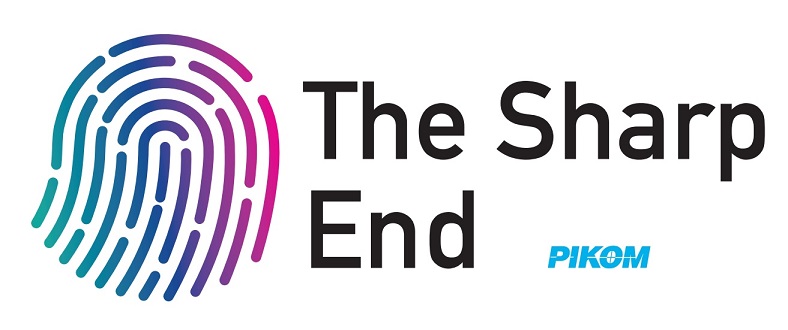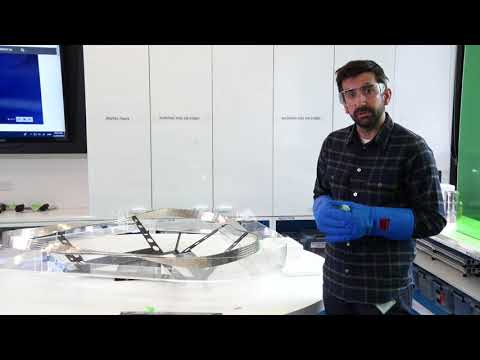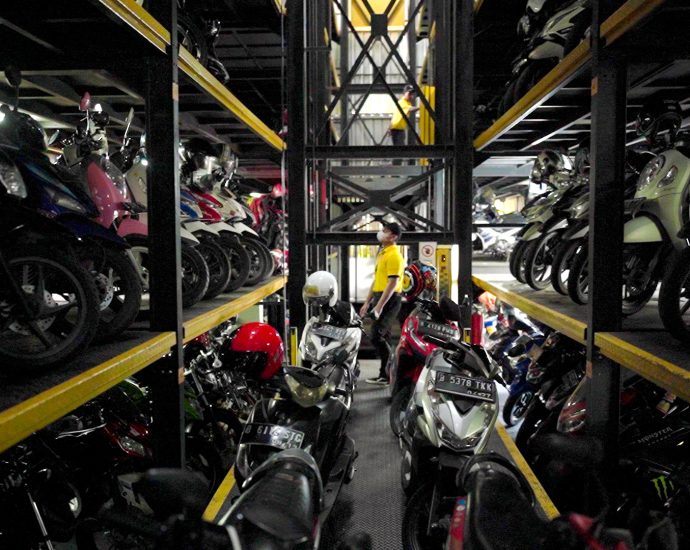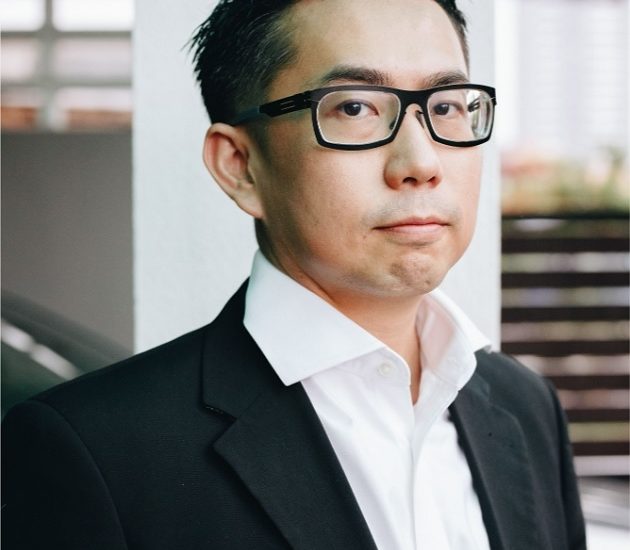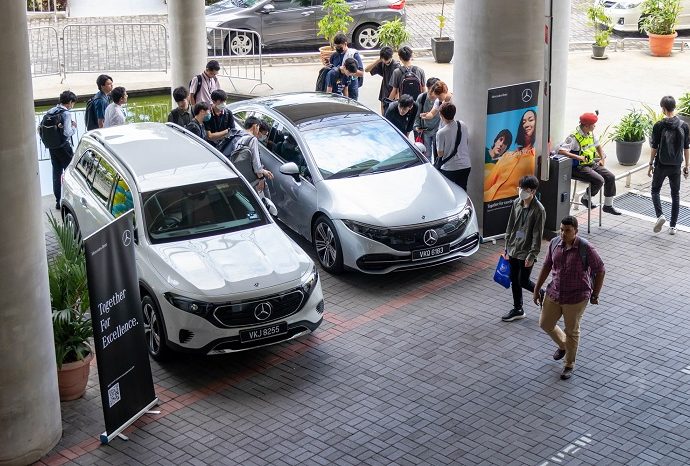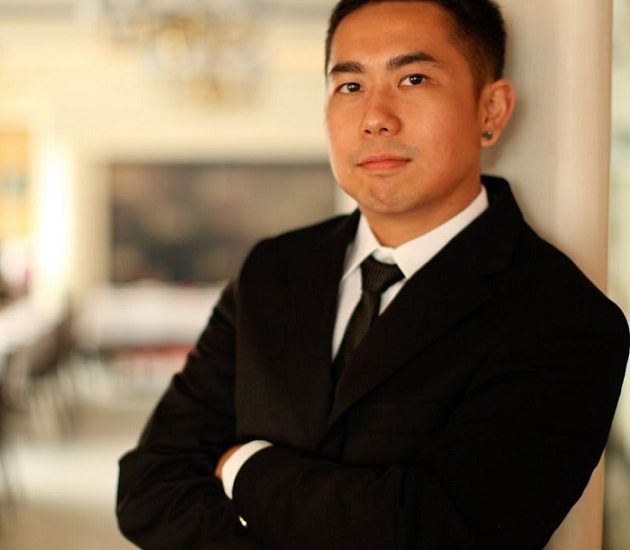Internships â focus should be on job quality and conducive environment for learning
Pikom contends that the conversation should not be about compensation
Ensure interns receive meaningful assignments, gain industry-specific skills
The question of compensation for internship has been a hot button topic since the start of the year with interns, employers and even the Government taking turns to voice their views on this contentious issue.
In…Continue Reading

